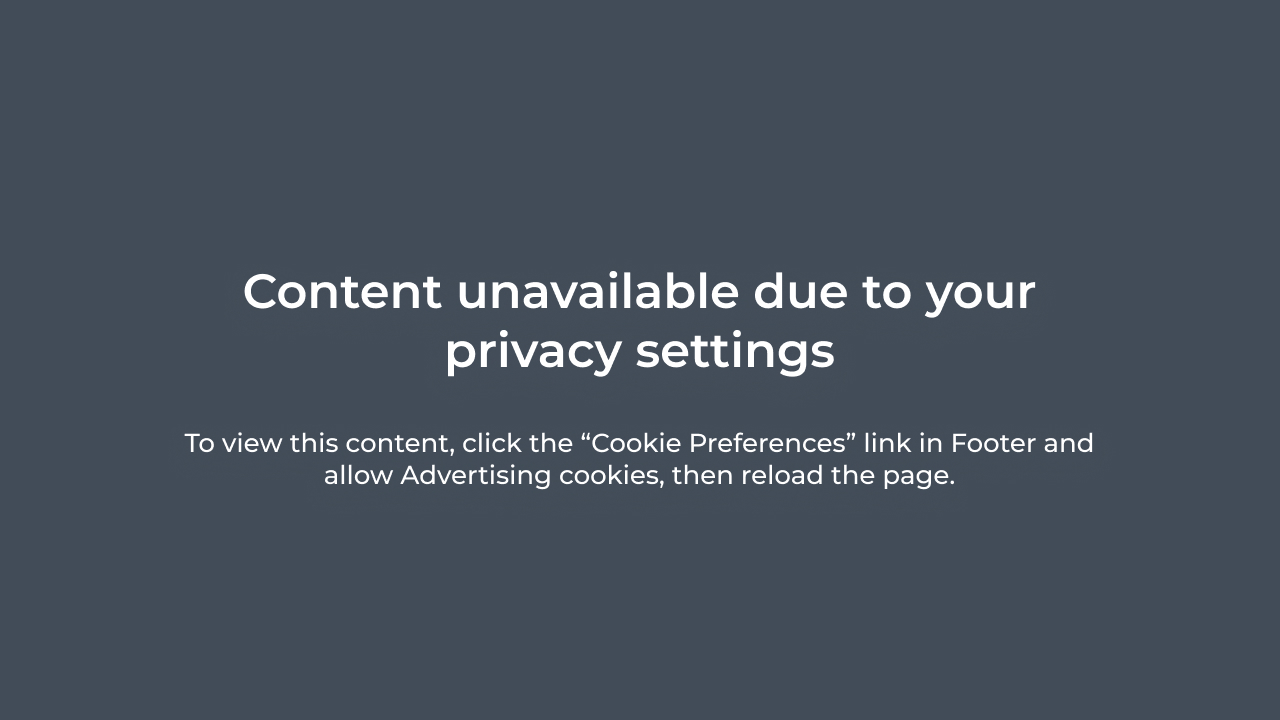- 1.Listen to their complaint
- 2.Apologize without getting defensive
- 3.Keep a calm tone
- 4.Be patient and don’t take it personally
- 5.Repeat the complaint to the customer objectively
- 6.Provide a solution
- 7.Set clear boundaries
- 8.Know when you have to escalate the issue
- 9.Refuse service if things get out of hand
- 10.Follow up and make sure the rest of your customers are okay
Some of the most difficult situations you’re going to encounter as a front-of-house restaurant employee involve customers being rude, raising their voices, and making a scene.
Below, we teach you how to deal with rude customers in a restaurant in a way that calms them down, keeps you safe, and all the other customers happy.
Common Customer Problems in a Restaurant
Effectively preventing and handling complaints in a restaurant requires an in-depth knowledge of what customers usually complain about. Here are the most common complaints:
- Subpar food quality
- Bad customer service
- Order mix-up
- Long waiting times
- Unclean environment
- Food poisoning
- Delivery problems
To learn how to solve these issues and more, check out our full guide on restaurant complaints and solutions.
While these are no excuses for rude restaurant customers who treat you poorly, they can help you avoid situations that might escalate into an argument. What’s more, they can also help you prevent negative reviews online.
How to Deal with Rude Customers in a Restaurant
1. Listen to their complaint
The first rule of restaurant customer service is to really listen to what customers have to say. Instead of trying to talk over them to avoid an embarrassing moment or suggest a solution before you’ve properly identified the problem, listen to their complaint.
The simple act of listening might defuse a tense situation and make the customer more likely to accept your apology and move on.
Try to maintain a neutral and polite face while listening. Smiling too much might signal to the customer that you’re not taking them seriously, while gestures like frowning, rolling your eyes, or crossing your arms will signal a refusal to empathize.
2. Apologize without getting defensive
Apologizing is a vital part of learning how to deal with difficult customers in a restaurant. Even if your instinct might be to be rude back, apologize to let them know you’ve heard and understood them, and that you care about making the situation better.
Don’t become defensive trying to justify why it wasn’t your fault. Typically, irate customers are just looking for someone to blame and they will become even more agitated if you try to argue back.
To de-escalate the situation, show empathy and try to use the customer’s name to relate to them on a more personal level. You don’t need to be overly apologetic either because then, you run the risk of sounding phony. A simple “I am sorry” or “I apologize” can go a long way.
3. Keep a calm tone
Fighting fire with fire is not going to lead to good situation handling in a restaurant. If a customer is yelling at you, try to lower your voice when replying. They may subconsciously lower their tone as well to try to match yours.
Furthermore, the calmer you are, the easier it will be for them to notice how much they’re standing out by comparison, which might help them take a step back and realize they may be overreacting.
4. Be patient and don’t take it personally
Another cardinal rule of learning how to deal with rude customers in a restaurant, this one is easier said than done. When someone is screaming and being rude to you, it’s easy to take it personally and think they have a problem with you specifically.
But the reality is that the anger is not about you, even if you were the one who made a mistake. Realizing that can help you stay calm in a tense situation, as well as not take the critique to heart.
After dealing with a rude customer, it’s important to take a few moments to release the tension and stress instead of allowing it to pile up and disrupt your entire day.
No matter how professionally you handled the situation, you’re only human and it’s normal to be affected by stressful situations such as this one.
5. Repeat the complaint to the customer objectively
After you’ve listened to the customer’s complaint, repeat the facts back to them to ensure everyone is on the same page about what happened. Relate the situation objectively without emotion or biases.
Stripping the emotion out of the retelling can help the customer calm down. It will also give you the time to think about the situation and come up with the most appropriate response.
6. Provide a solution
Your ultimate goal when figuring out how to handle an angry customer in the restaurant is to come up with a solution that is satisfactory to both parties and defuses the situation. The solution should address the problem on the spot.
For example, if a customer starts yelling at you that they asked for a rare steak and received medium rare, apologize, take back the steak, and order a new one on the house, ensuring this will be cooked exactly to their liking. To make up for the blunder, you can also offer them a free drink while they wait.
However, different problems require different approaches. If the complaint is more serious, come up with additional compensation besides whatever you can do in the moment, such as a discount coupon code for a future order.

7. Set clear boundaries
Even if you made a mistake, that doesn’t mean you should tolerate customers being disrespectful, abusive, or threatening. As a restaurant manager, it’s vital to train your employees to set clear limits and not put themselves or other customers in danger.
If the customer seems to become increasingly agitated, uses inappropriate language, or if they’re visibly inebriated, the saying “the customer is always right” no longer applies and you need a different approach.
8. Know when you have to escalate the issue
If you find yourself in one of the situations mentioned above as a restaurant server, bring in the manager even if the customer hasn’t specifically requested it.
Managers are not only more equipped to deal with customer complaints that you don’t know how to address, but they also have the authority to escalate things further if the customer is being unreasonable or abusive.
9. Refuse service if things get out of hand
Restaurant owners and managers have the right to refuse service to customers who:
- Are aggressive or abusive with the staff or other customers;
- Use inappropriate language;
- Are causing trouble for the servers or other patrons;
- Are visibly inebriated to the point of disturbing the dining experience;
- Throw utensils or get into physical altercations with staff or customers.
Whenever possible, try to provide customers with a warning that you will have to refuse service and remove them from the premises if they continue with that behavior.
If things don’t get better, or worse, they escalate, you should also call for security or contact the authorities to ensure the safety of your employees and customers.
10. Follow up and make sure the rest of your customers are okay
While you are focused on figuring out how to deal with a rude customer in the restaurant, the rest of your guests are probably also feeling uncomfortable.
After you’ve solved the issue, and depending on how you solved it, whether peacefully or not, check in with the other customers, apologize for what transpired, and for having disrupted their meal.
If the incident was particularly bad, consider offering a free beverage or dessert to the rest of the patrons to make up for the discomfort.
If the situation was diffused successfully and the angry customer has calmed down based on your response, follow up with them too to confirm everything is in order now.
Final Thoughts
Learning how to deal with rude customers in a restaurant should be part of every restaurant server’s and manager’s training.
The reality is that no matter how good you are at your job and how amazing your food and service are, you will still encounter difficult customers. As long as you know how to set clear boundaries and provide creative solutions, most of these situations won’t escalate past an initial unpleasantness.


